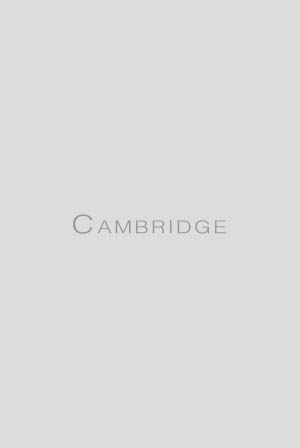No CrossRef data available.
Article contents
Conflicts-of-Interest Disqualification in Medical Malpractice Litigation
Published online by Cambridge University Press: 28 April 2021
Extract
Less than two decades ago it was thought sufficient to say, “When a practitioner is in doubt on an ethical question, the best answer is usually No.” A more recent commentator has suggested, however, that “[s]uch platitudes have become increasingly inadequate to guide the attorney facing conflicts of interests in the private practice of law.“ Because of the general vagueness of the American Bar Association's Model Code of Professional Responsibility, and of state codes based on it, courts have begun to fashion a vast “common law” of conflicts of interest. A particularly controversial entry to this body of common law is the opinion of Justice Paul Liacos, sitting as single justice in the Massachusetts case of White v. Kaplan. This article examines the opinion and its theoretical suppon.
- Type
- Article
- Information
- Copyright
- Copyright © American Society of Law, Medicine and Ethics 1985


